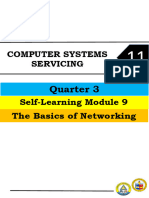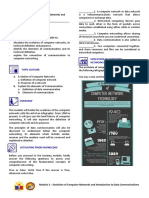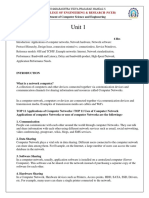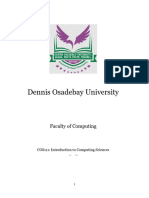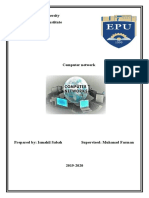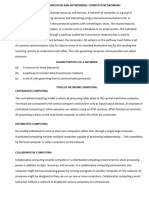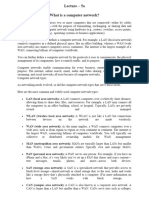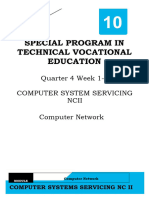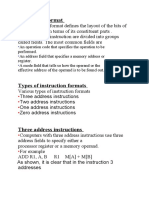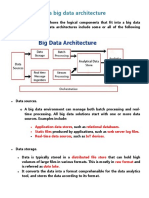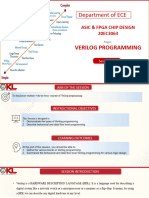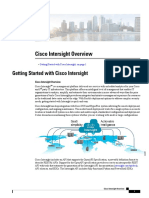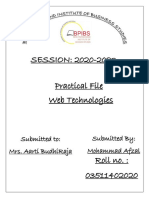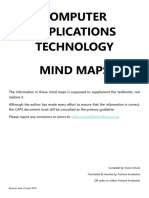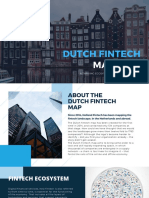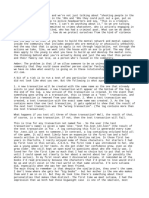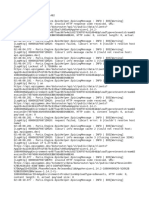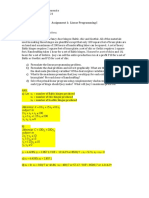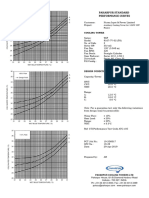Introduction to cloud computing
What’s a digital credential?
A credential is an industry-recognized and validated indicator of knowledge
and skills acquisition. IBM SkillsBuild credentials are aligned to job-market
standards and frameworks to help achievers gain visibility with potential
employers. IBM SkillsBuild issues its digital credentials through Credly.
Share your credentials on LinkedIn and other social networks with
prospective employers, or include them on your resume to amplify your
skills!
When you send a text message, have you ever thought about how
the words you type travel from your phone to the phone of the
person you are texting? You’re able to quickly send text messages,
receive emails, and watch online videos because of computer
networking.
Computer networks are groups of computers that interconnect
through infrastructure and rules so they can share data with each
other. Networks send, receive, and share data and resources,
including text messages.
So how do these networks work? Imagine you’re heading to a
friend’s house to celebrate their birthday. You might get in your car
and travel from your house to their house by driving on a system of
roads. On your way there you stop at intersections, and you might
take an on-ramp to get onto a freeway. As you drive, you must
follow traffic rules like speed limits and stop signs.
Data is like the vehicles that travel on the roads. Data is information
which is translated into a form that is efficient to move through and
be processed on the computer network. It uses the network to travel
between different locations just as the vehicles use roadways to
travel between different locations.
Like roads connect cities and towns, physical connections such as
cables, fiber optics, and wireless signals connect devices on a
computer network. These connections are
the foundation of the network and enable devices to communicate
with each other.
Network adapters are similar to tires on a vehicle. They are the
interface between the computer and the external network. Every
device, like a computer, tablet, or server that connects to a network
sends and receives data via a network adapter.
You can compare the devices on a computer network, such as
routers, switches, and hubs, to the intersections, toll booths, and
other infrastructure on a road network. These devices are
responsible for directing the flow of data and ensuring that it
reaches its destination. A router is like an intersection that directs
traffic to different destinations based on the address of the data.
Network protocols, such as Transmission Control Protocol/Internet
Protocol (TCP/IP), are like traffic rules that govern how devices
transmit data over the network. Just as traffic rules ensure that cars
travel safely and efficiently on the road, network protocols ensure
that devices transmit the data correctly and efficiently between
themselves on the network.
The power of networks
Without a system of roadways, it’s difficult for most modern vehicles to get to a
destination. In the same way, while you can physically transfer data from one
computer to another using tools like thumb drives or writable CD-RW disks, these
methods are more difficult than transferring data over a network.
For example, consider a person that wants to get to an island in their car. Without a
roadway, one option to get to the island is to load their car onto a ferry. They wait
with their car on the ferry until it’s ready to leave, and then the ferry transports the car
across the water. Once on the island, they drive their car off the ferry and can move
around on the island.
Now imagine that engineers build a bridge between the island and the mainland. To
move between the island and the mainland, the person simply drives their car from
mainland roads, onto the bridge, and then onto roads on the island. Getting back to the
mainland is just as straightforward.
Like a bridge connecting two roadways, a network provides a
seamless way to keep data moving between nodes. Like the
mainland and the island, nodes are locations on the network. Cloud
computing is the difference between using thumb drives or disks
and an always-connected network to move data.
Collections of zeros and ones make up all computer data, like
documents, images, and videos. Computer scientists use the binary
system and the terms bits and bytes to measure the number of
zeros and ones in a piece of data.
Review this table to learn about different units of measurement for
different sizes of data.
Beyond terabytes, you can measure data in
units of petabytes, exabytes, zettabytes,
and yottabytes. A yottabyte is a
measurement for computers of the future!
One yottabyte holds 1,000 zettabytes or a
trillion, trillion bytes.
As you can see, computers can handle very large files. Computer
data moves over networks like vehicles move over roadways.
However, transporting a single file of even 1 MB over a network can
cause traffic jams and block the network!
Think about the example of the bridge connecting the mainland to
the island. Suppose a very long train of 100 rail cars needs to use
the bridge to deliver goods to the island. However, the bridge has a
weight limit that prevents the entire train from moving all at once
over the bridge.




















